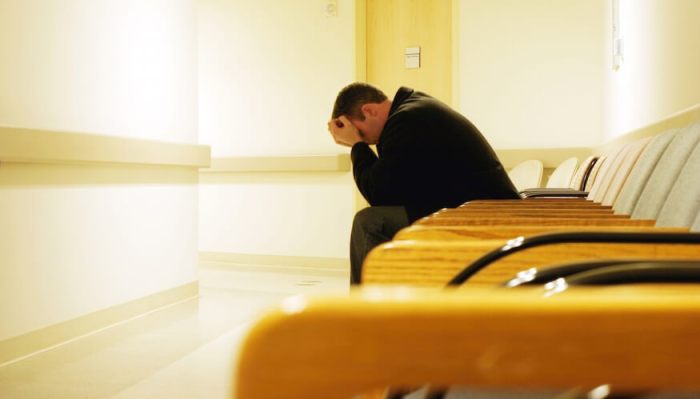I still remember coming face-to-face with a problem that sends clients to my office every day.
While driving down Interstate 95 a few years ago in Florida, I became increasingly anxious. When a lane suddenly ended and I had to merge, I began to feel light-headed and sweaty. My chest began to constrict, and I was seized by terror. The maelstrom of multiple, interchanging, merging lanes and endless stream of drivers overwhelmed my senses — not ideal anywhere, but especially not on a highway.
RELATED: How to turn your life into a hero’s journey
As a psychotherapist, I recognized what was happening: I was having my first panic attack. Knowing this, I coached myself to take deep breaths, sing a song and kept it together long enough to get off at the next exit. But many people don’t recognize the signs, making the experience all the more terrifying. Many even think they’re having a heart attack.
Because this time of year can bring on as much major stress and anxiety as joy, here’s how to deal with the unexpected.
What is apanic attack?
A panic attack is an intense bout of disabling anxiety. They usually last about 10 minutes and can occur at any time, including in the middle of the night. Typical symptoms include racing or pounding heart, sweats, chills, dizziness, light-headedness, tingly or numb hands, stomach or chest pains and the sense that one is losing their grasp on reality. They affect more women than men, and can begin anytime after late adolescence. Studies suggest that heredity may play a role in panic attacks, and some people might simply be wired to have an overactive fight-or-flight response. But no one knows why some people have them and others do not. What arethe triggers?
Panic attacks can happen for no apparent reason, though they are usually linked to stress. They can also be triggered by certain stressful situations (like standing in an elevator, if you have claustrophobia). Some people only experience one panic attack in their life. But left untreated, panic attacks can develop into a disabling anxiety disorder, which affects about 2.4 million Americans. In extreme cases, people may be afraid to leave their homes for fear of experiencing a panic attack in public. What arethe options?
Thought not preventable, panic attacks are treatable with exposure therapy (which desensitizes the brain to fear via gradual exposure to triggers), cognitive-behavioral therapy (which challenges irrational thinking) and medication. Exercise and diet can also reduce the chance of having recurring panic attacks. Check with your doctor to rule out disease.
Kim Schneiderman,MSW, LCSWisapsychotherapist and the author of“Step Out of Your Story: Writing Exercises to Reframe and Transform Your Life.”Email Kim your questions ataskkim@metro.us.
On the Couch: Don’t let a panic attack develop into anxiety

iStock

















